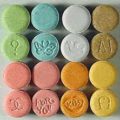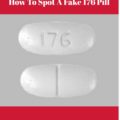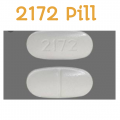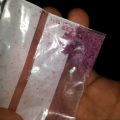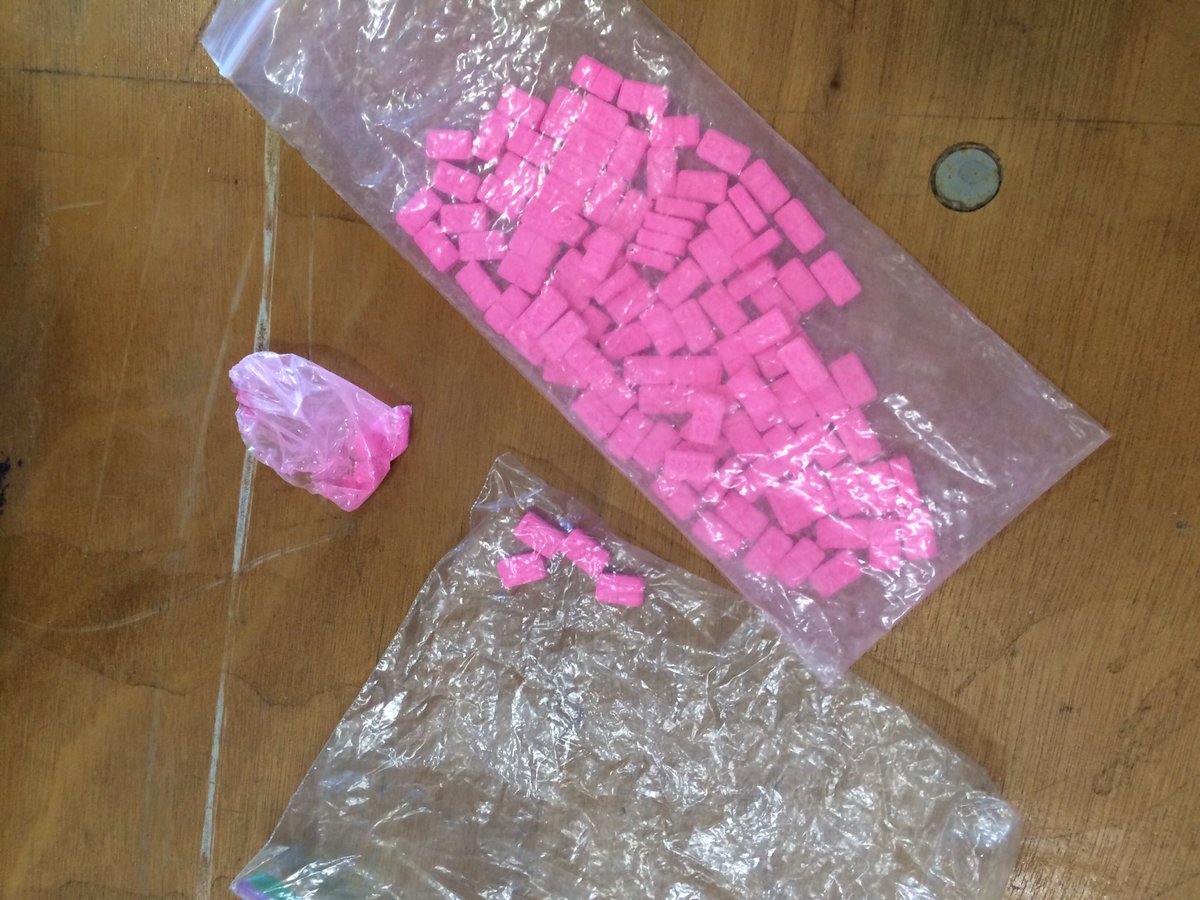
Ecstasy also known as MDMA or Molly is an illegal recreational drug that contains the active ingredient MDMA (3,4-methylenedioxymethamphetamine). It’s related to both stimulant and hallucinogenic drugs and produces both types of effects, making it a popular party drug. Ecstasy in powder form is often called Molly.
MDMA was first introduced to the medical world in the 1970s as an aid in psychotherapy. The drug treated for mental illness by helping patients feel comfortable talking to therapists and working through anxiety or depression. According to the National Institute on Drug Abuse (NIDA), the U.S. Food and Drug Administration did not approve the drug and in 1985 the Drug Enforcement Administration labeled MDMA as an illegal drug with no recognized medicinal use.
The drug comes in a wide variety of sizes, shapes, and colors, so it can be helpful to know what the most common forms of ecstasy look like—particularly if someone offers you a pill or if you’re a parent or caregiver of a child or teenager who may be exposed to the drug.
A number of ecstasy pills recently seized by police were tested and found to contain PMA/PMMA. PMA and PMMA are stimulants with hallucinogenic effects similar to MDMA. However, they are toxic at lower doses than MDMA and can also take longer to take effect.
After the intake of a small amount of PMA/PMMA, blood pressure and body temperature rise steeply. The effects can feel similar to MDMA, although less euphoric. Larger doses can lead to coma and death.
These drugs have been implicated in a number of hospitalizations and deaths. A number of people have died and their symptoms included one or more of the following: extremely high body temperature; very rapid heart rate; difficulties breathing or stopping breathing; and convulsions (fitting). Each of them thought that they were taking ecstasy and consumed several PMA/PMMA pills, assuming it to be poor quality MDMA. The toxic material called PMA, was linked to the deaths of 17 young people over a three month period.
According to the National institute for health, much of the Molly seized by the police contains additives such as cocaine, ketamine, methamphetamine, over-the-counter cough medicine, or synthetic cathinones (“bath salts”). These substances may be extremely dangerous if the person does not know what he or she is taking. They may also be dangerous when combined with MDMA.
How To Spot A Fake Ecstasy Pill or Molly
According to drug policy, MDMA is currently illegal and therefore not regulated, as such it is very difficult for an individual user to be 100% certain what’s in any given dose. Drug checking, also known as pill testing or adulterant screening, is a harm reduction service that allows users to get more information about what is in their molly or other drugs. It can be done in several ways. The best way involves a precise, high- level testing method called gas chromatography / mass spectrometry (GC/MS). Individuals can send a sample in to such harm reduction organizations for testing and wait 2 to 3 weeks for the lab results to be posted online. These results will list all substances present in the sample with complete accuracy.
There are also personal MDMA drug checking kits, which use liquid chemical reagents to help potential users get a better understanding of what’s in their substance. These kits come with a color chart that helps people determine what drug (if any) is mostly present in the substance they’ve tested.
Users should also know that these kits, while not considered illegal under federal laws, can be considered drug paraphernalia depending on how a state’s law is written. Nonetheless, we do recommend them as the most accessible and quick screening tool.
However, according to a new study, Neither the Marquis, Mecke, nor Simon’s reagents should be used by the public for harm reduction purposes. As these agents do not help identify pure MDMA tablets. Gas chromatography-mass spectrometry remains the most sensitive and specific testing method for identifying MDMA and its contaminants.
Overcoming Ecstasy Addiction
Research and clinical viewpoints vary on how addictive Ecstasy is, or whether it is addictive at all. There are many individuals who report becoming addicted to Ecstasy, but the clinical research on the subject is less extensive than with many other drugs. A number of studies have indicated that Ecstasy is addictive, though to a lesser extent than many other drugs. However, that does not mean that an Ecstasy addiction that has developed is not a serious problem.
Recognizing an addiction to ecstasy can be difficult because the drug lacks obvious withdrawal symptoms and is often used among young people in social settings. Regardless, continued use of ecstasy can lead to psychological and physical dependence. High doses of MDMA can affect the body’s ability to regulate temperature. This can lead to a spike in body temperature that can result in liver, kidney, or heart failure or even death. When someone is addicted to ecstasy, they will continue to use the drug despite knowing the consequences. Even when ecstasy is not the only drug causing dependence, it can be a piece of a multi-drug patchwork of addiction.
Since ecstasy/MDMA is a psychoactive drug and has such a big impact on a person’s emotions, co-occurring disorders could result from misuse. Ecstasy promotes a euphoric high and feelings of closeness for people, in part due to the serotonin released, and the lack of ecstasy could create depression or anxiety disorders as people learn to cope with finding happiness without the drug.
Finding a rehab program that also treats for these co-occurring mental health disorders is extremely important to a successful recovery from any drug addiction. Such treatment center should have experienced medical staff with extensive knowledge of the mental health issues.
Important Information
This information on Fake Ecstasy pill is provided as part of our harm reduction efforts because fake ecstasy can kill you. It’s important to note that Drug abuse and addiction, now both grouped as substance or drug use disorder, is a condition characterized by a self-destructive pattern of using a substance that leads to significant problems and distress, which may include tolerance to or withdrawal from the substance. You can find help and support from groups like Narcotics Anonymous and Drug Addicts Anonymous a fellowship of men and women who have recovered from addiction and are committed to helping those who still suffer.


